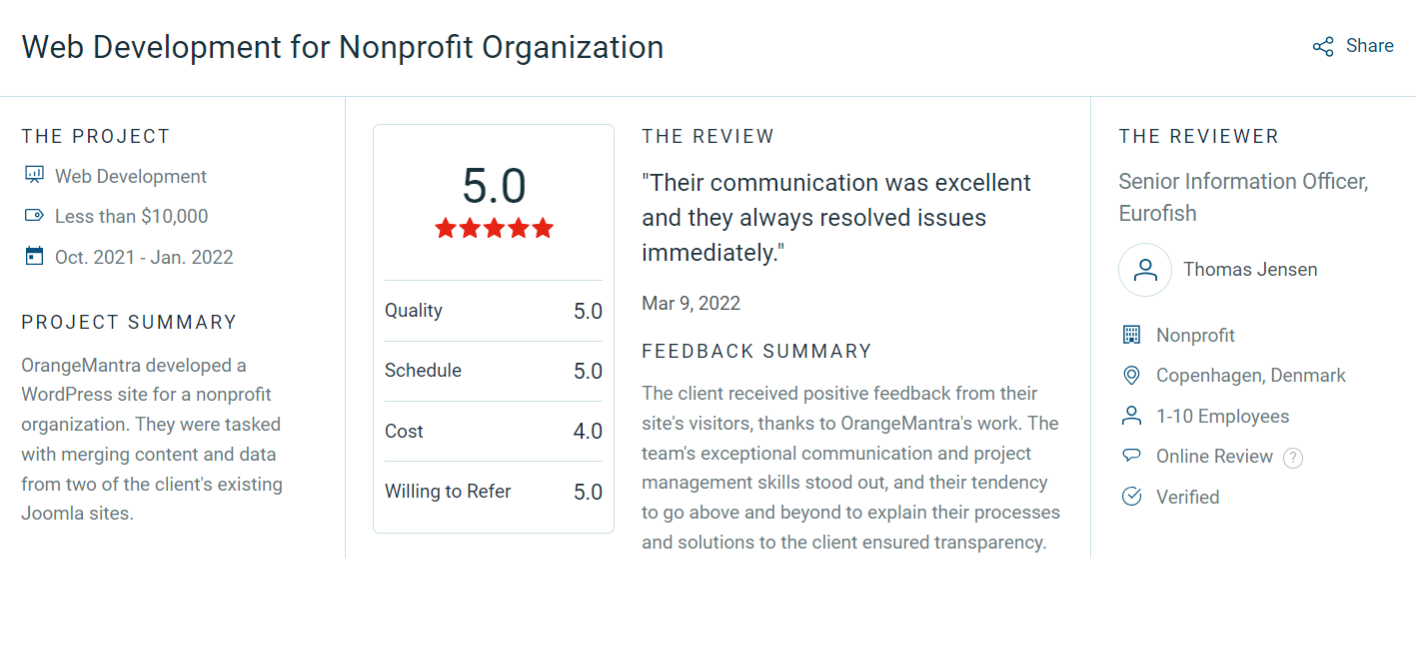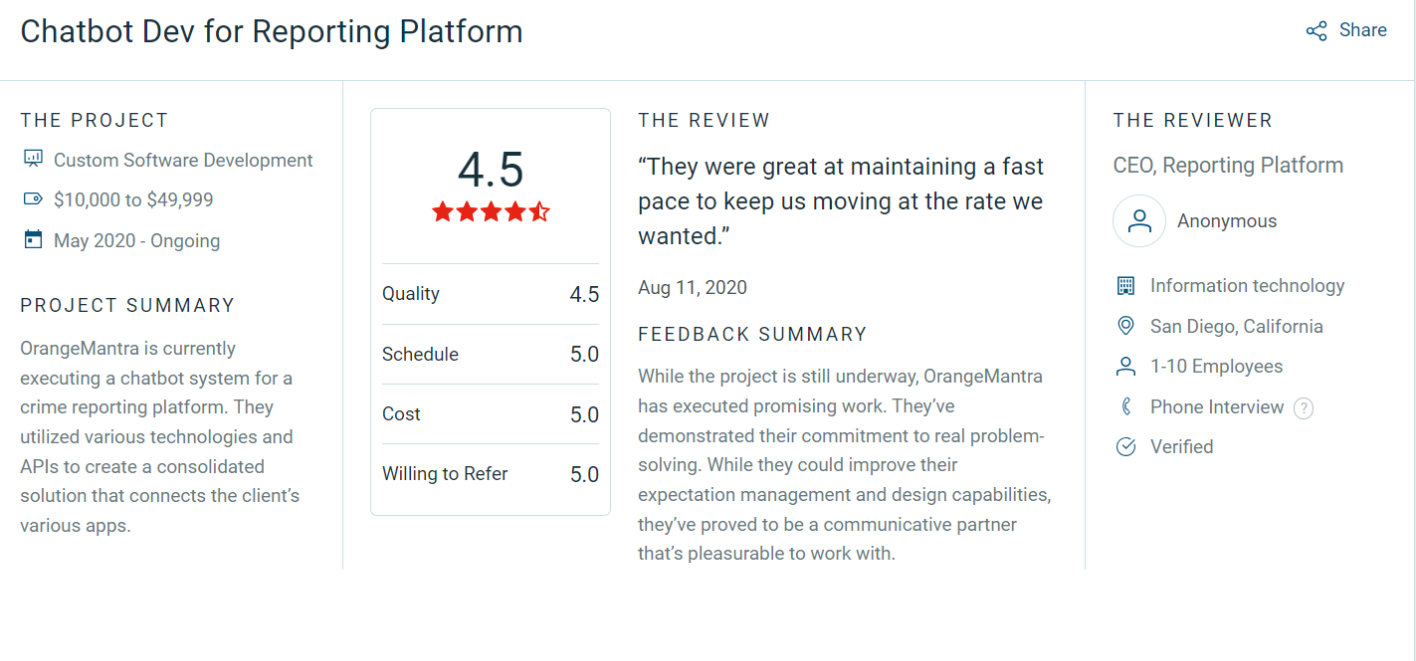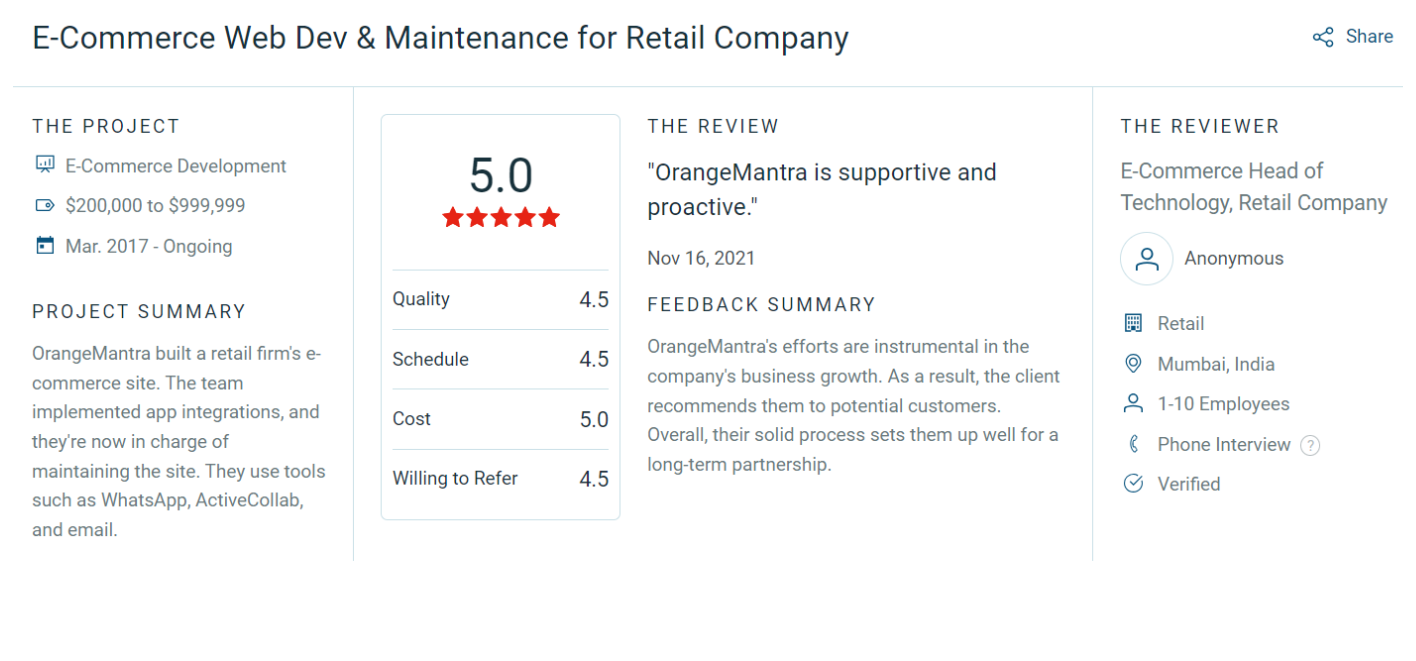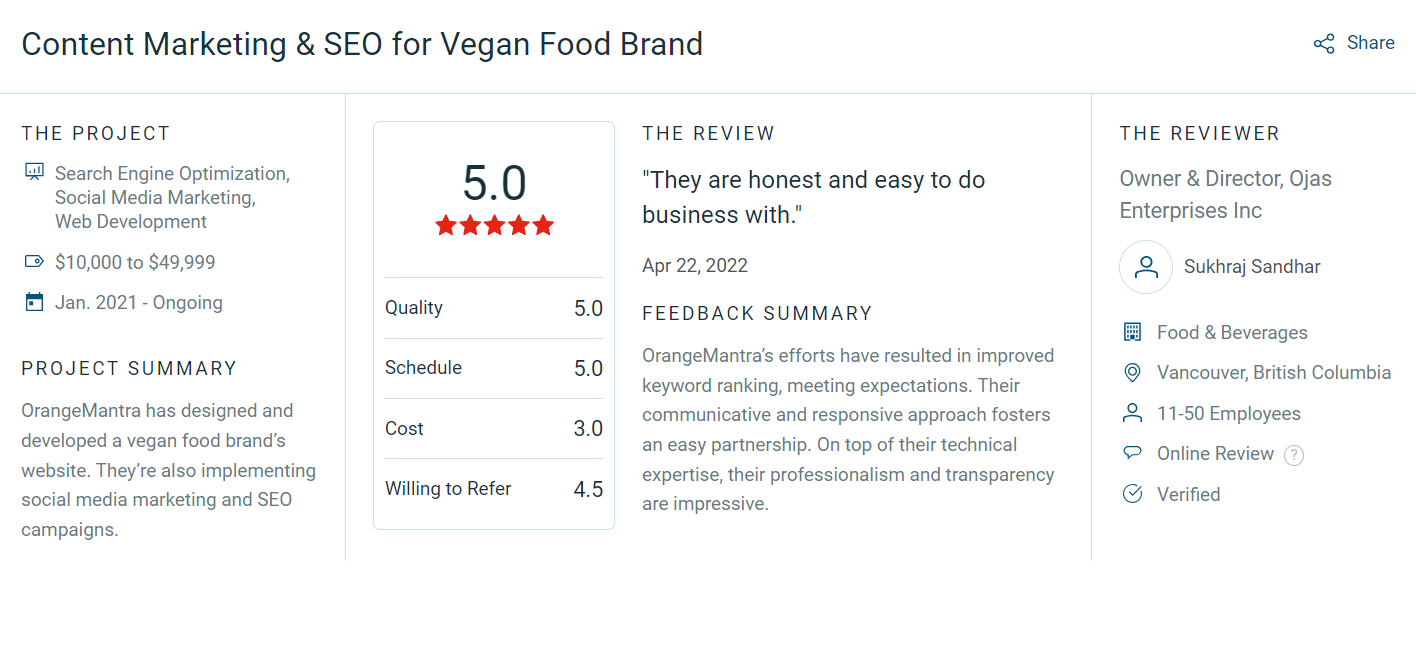The Problem
To increase overall efficiency, the transformation firm was working on a significant project to modernize its processes by merging many software and systems. Data discrepancies, system incompatibilities, and communication breakdowns among the connected components were the main issues they were dealing with. The overall effectiveness of their transformation programs was being hampered by these integration problems, which were also resulting in delays and operational inefficiencies. To prevent interruptions, it became clear that Integration Testing was essential to ensuring that all databases, software, and systems operated together seamlessly.












